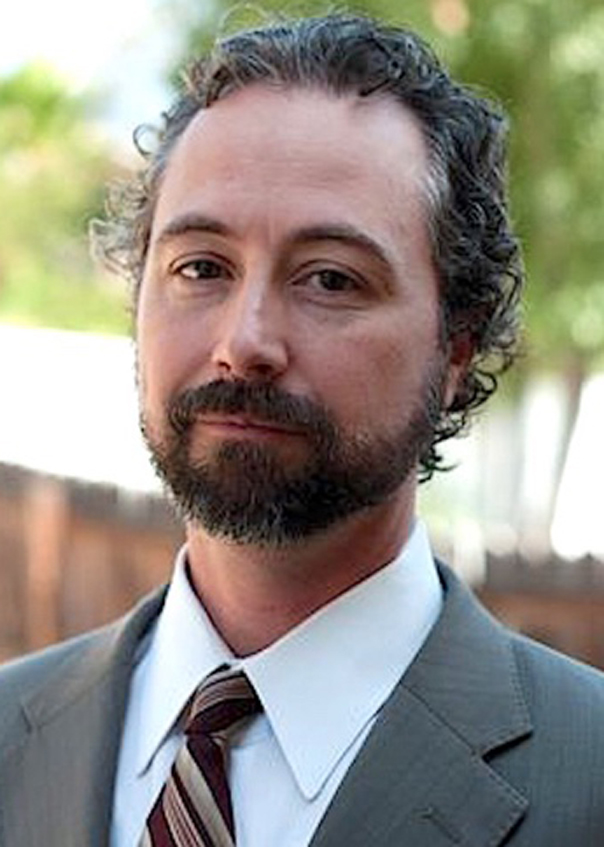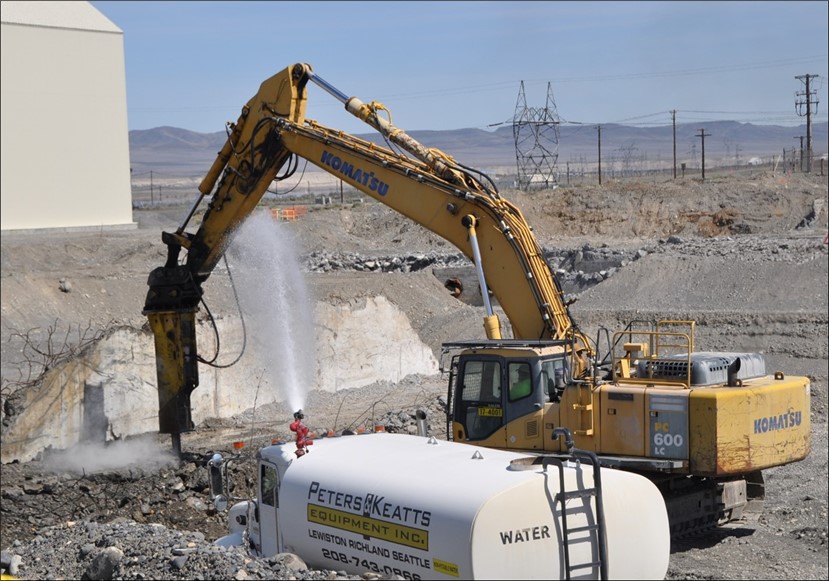Slovakia’s Mochovce nuclear plant, located about 62 miles east of Bratislava, the nation’s capital. (Photo: Slovenské Elektrárne)
The Unit 3 reactor at Slovakia’s Mochovce nuclear power facility has completed the commissioning process, becoming a full-fledged member of the country’s nuclear fleet, plant owner Slovenské Elektrárne has announced.
Spot performs autonomous rounds in Surry’s auxiliary building during the initial pilot. (Photo: Dominion Energy)
Among the typical bustle of outage activities at the Surry Power Station in Virginia during the fall of 2022, an unfamiliar sound broke through the commotion. Even with hearing protection in place, a faint whir thunk, whir thunk, whir thunk could be heard, announcing the arrival of the latest innovation in nuclear power. Dominion Energy, owner and operator of Surry, had combined new technologies from robotics company Boston Dynamics and radiation detection company Gamma Reality Inc. to provide radiological condition monitoring throughout the plant that could protect technicians from radiation exposure. The result? A quadruped robot with real-time 3D radiation mapping and data fusion capabilities.
McMaster University’s Ousmane Hisseine is investigating how novel concrete materials can make SMRs safer. (Photo: McMaster University)
Ousmane Hisseine, an assistant professor of civil engineering at McMaster University in Hamilton, Ontario, is using his expertise in concrete infrastructure in hopes of improving the safety of small modular reactors.
Concept art of a nuclear thermal propulsion system. (Image: USNC)
Ultra Safe Nuclear (USNC) announced on October 17 that it had been awarded a contract by NASA to develop and mature space nuclear thermal propulsion (NTP) systems to advance the nation’s cislunar capabilities. Under the contract, USNC says it will manufacture and test proprietary fuel and simultaneously collaborate with its commercial partner, Blue Origin, to mature the design of an NTP engine optimized for near-term civil science and cislunar missions.
The SM-1A reactor facility at Fort Greely, Alaska. (Photo: USACE)
Baton Rouge, La.-based Aptim Federal Services announced that the U.S. Army Corps of Engineers, Baltimore District, has awarded the company a six-year, $95.5 million contract to decommission, dismantle, and dispose of the SM-1A nuclear power reactor at Fort Greely, Alaska.
An aerial shot of the Westinghouse Springfields site, located near Preston, Lancashire, in northwestern England. (Photo: Westinghouse)
Westinghouse has signed a contract with Rolls-Royce SMR to develop a fuel design for the British firm’s small modular reactor program, the companies announced last week.
The design work, to be undertaken in the United Kingdom and the United States, will include associated core components and will be based on an existing Westinghouse pressurized water reactor fuel assembly design.
ANS WISE interns Abbey Hageman (left) and Sarah Cole (right) are pictured in front of the Capitol Building with ANS WISE program coordinator Alan Levin.
This summer, the American Nuclear Society supported two student members who participated in the Washington Internships for Students of Engineering (WISE) Program, a nine-week program that gives engineering and technology students the chance to spend a summer learning about public policy. This year’s ANS-sponsored WISE interns, Sarah Cole of Boise State University and Abbey Hageman of the University of Nevada–Reno, arrived in Washington, D.C., in May, where during the course of the program they made professional contacts, researched and presented policy papers (published in the WISE Journal of Engineering and Public Policy), and learned how government officials make decisions on complex technological issues—and how engineers contribute to this process.
The 16-centrifuge HALEU demonstration cascade sits within a vast DOE-owned facility with room for more than 11,000 centrifuges. (Photo: Centrus)
American Centrifuge Operating (ACO), a subsidiary of Centrus Energy, has started enriching uranium hexafluoride gas to high-assay low-enriched uranium (HALEU) levels at the Department of Energy’s enrichment facility in Piketon, Ohio, the DOE announced October 11. The HALEU will be used to help fuel the initial cores of two demonstration reactors awarded under DOE’s Advanced Reactor Demonstration Program and will also support fuel qualification and the testing of other new advanced reactor designs.
Crews with Hanford contractor Central Plateau Cleanup Company break up concrete and remove contaminated soil near the former K Area reactors on the Hanford Site earlier this year. (Photo: DOE)
The Department of Energy is seeking the public’s input on the Hanford Site’s 5-year plan, which outlines planned cleanup work either to be completed or initiated at the former plutonium production site near Richland, Wash. The DOE updates Hanford’s 5-year plan annually to reflect current progress and ongoing integrated planning for future work at the site.















